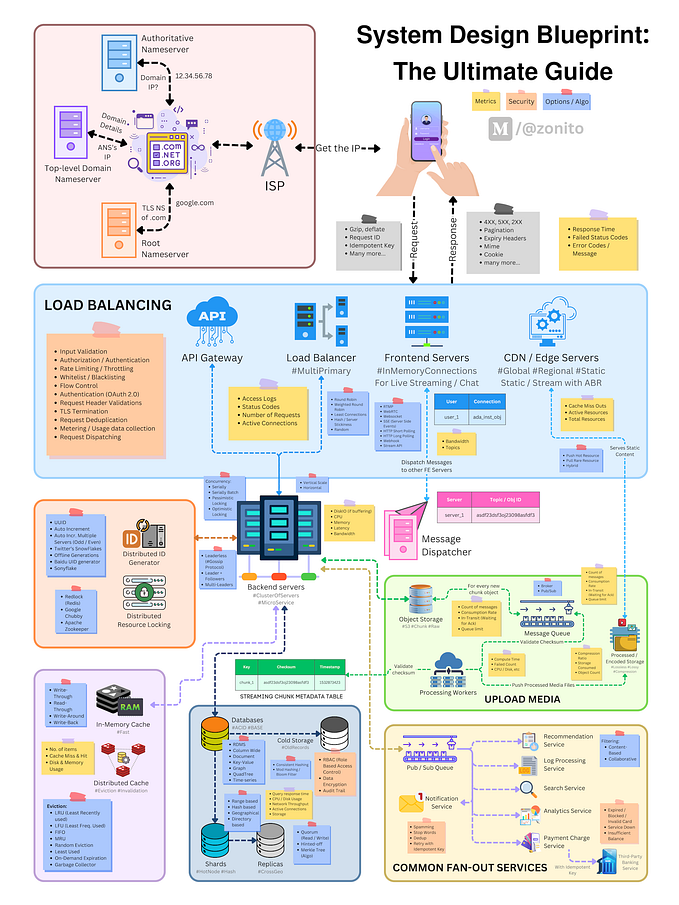Member-only story
Building a strategic partner program from the ground up

Ecosystem (noun): a system, or a group of interconnected elements, formed by the interaction of a community of organisms with their environment.
 Over the last several years, the phrase “building a partner ecosystem” has become synonymous with growth. I.e., a network of partners, vendors, and affiliates that bolster a company’s core technologies, product offerings, and channels of acquisition. There’s been a significant shift in strategic thinking in why a technology company should either join an ecosystem or build their own.
Over the last several years, the phrase “building a partner ecosystem” has become synonymous with growth. I.e., a network of partners, vendors, and affiliates that bolster a company’s core technologies, product offerings, and channels of acquisition. There’s been a significant shift in strategic thinking in why a technology company should either join an ecosystem or build their own.
This isn’t a novel idea. Microsoft, Apple, IBM, Salesforce, Twitter, Facebook, and many others have been developing partner ecosystems — with great success — for decades.
What’s changed is that the prominence of partner ecosystems has trickled down from tech behemoths to the entrepreneurs building today’s startups. Building a partner ecosystem can create an important competitive advantage and new channels for acquisition and revenue.
According to Crossbeam, 93.1% of organizations say partnerships have measurable impact on revenue and 61.1% say partner leaders are peers with their leaders in other parts of the organization.
Here are some things to consider building your own successful strategic partner program from the ground up.
A Great Product Leads to a Profitable Partner Ecosystem
Building a great product will lead to a more profitable partner ecosystem.
This is an important, but often understated truism of all successful partner programs. If you haven’t generated enough volume (number of users and/or average size of users) from selling your own product — “product-market fit”— you will find it very difficult to convince developers and channel partners to join your ecosystem.
The risk isn’t worth the reward .
“For startups the default answer to business development deals should be no. They almost never turn out to be worth the distraction.” — Paul Graham









